Topology, geometry and Gauge fields : foundations / Gregory L. Naber.
Material type: TextSeries: Publisher: New York : Springer Science+Business Media, LLC, 2011Edition: Second editionDescription: 437 pages : illustrations; 24 centimetresISBN: 9781441972545Subject(s): Topology
TextSeries: Publisher: New York : Springer Science+Business Media, LLC, 2011Edition: Second editionDescription: 437 pages : illustrations; 24 centimetresISBN: 9781441972545Subject(s): Topology| Item type | Current location | Collection | Call number | Copy number | Status | Date due | Barcode |
|---|---|---|---|---|---|---|---|
 Libro OptoElectrónica
Libro OptoElectrónica
|
Laboratorio de Optoelectrónica GENERAL | Papel | 530.15 2ed. N115 (Browse shelf) | Ej.1 | Available | L001386 |
Browsing Laboratorio de Optoelectrónica shelves, Shelving location: GENERAL, Collection: Papel Close shelf browser
| 530.145 B626 Relativistic quantum mechanics / | 530.145 D627 Prinicipios de mecánica cuántica / | 530.145 R175 Field theory : | 530.15 2ed. N115 Topology, geometry and Gauge fields : Naber, Gregory L., foundations / | 530.15 A685 2ed. Mathematical methods for physicists / Arfken, George | 530.15 A685 2ed. Mathematical methods for physicists / Arfken, George | 530.15 A685 5ed. Mathematical methods for physicists / |
Includes bibliographical references and index.
Preface -- Physical and geometrical motivation 1. Topological spaces 2. Homotopy groups 3. Homology Groups 4. Principal bundles 5. Differentiable manifolds and matrix Lie groups 6. Gauge fields and Instantons.
This is a book on topology and geometry, and like any book on subjects as vast as these, it has a point of view that guided the selection of topics. The author's point of view is that the rekindled interest that mathematics and physics have shown in each other of late should be fostered, and that this is best accomplished by allowing them to cohabit. The goal is to weave together rudimentary notions from the classical gauge theories of physics and the topological and geometrical concepts that became the mathematical models of these notions. The reader is assumed to have a minimal understanding of what an electromagnetic field is, a willingness to accept a few of the more elementary pronouncements of quantum mechanics, and a solid background in real analysis and linear algebra with some of the vocabulary of modern algebra. To such a reader we offer an excursion that begins with the definition of a topological space and finds its way eventually to the moduli space of anti-self-dual SU(2)-connections on S4 with instanton number -1. This second edition of the book includes a new chapter on singular homology theory and a new appendix outlining Donaldson's beautiful application of gauge theory to the topology of compact, simply connected, smooth 4-manifolds with definite intersection form. Reviews of the first edition: "It is unusual to find a book so carefully tailored to the needs of this interdisciplinary area of mathematical physics ... Naber combines a deep knowledge of his subject with an excellent informal writing style." (NZMS Newsletter) " ... this book should be very interesting for mathematicians and physicists (as well as other scientists) who are concerned with gauge theories." (ZENTRALBLATT FUER MATHEMATIK) "The book is well written and the examples do a great service to the reader. It will be a helpful companion to anyone teaching or studying gauge theory ..." (Mathematical Reviews)
Verificado 21-04-2023


There are no comments on this title.